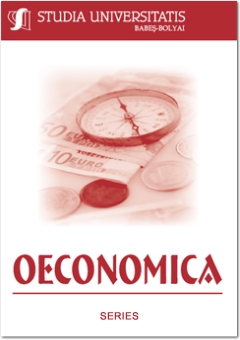THE ROLE OF INTEREST INCOME AND NON-INTEREST INCOME ON THE RELATIVE EFFICIENCY OF BANK REGIONS: THE CASE OF A LARGE SOUTH AFRICAN BANK
THE ROLE OF INTEREST INCOME AND NON-INTEREST INCOME ON THE RELATIVE EFFICIENCY OF BANK REGIONS: THE CASE OF A LARGE SOUTH AFRICAN BANK
Author(s): Gert van der WesthuizenSubject(s): Economy
Published by: Studia Universitatis Babes-Bolyai
Keywords: Data Envelopment Analysis; Efficiency; Malmquist.
Summary/Abstract: Data Envelopment Analysis (DEA) is used to estimate the technical, allocative and cost efficiency of the 37 regions of a large South African bank. Two models are applied to determine the effect of interest income and non-interest income on the various efficiency estimates. Malmquist DEA was used to determine the sources of efficiency change that took place during the period of the investigation. All the regions can increase their technical efficiency and allocative efficiency in order to become more cost efficient. The majority of the regions were operating at decreasing returns to scale meaning that they were operating at a scale that was too large. There is evidence that non-interest income can contribute toward an increase in efficiency.
Journal: Studia Universitatis Babes Bolyai - Oeconomica
- Issue Year: 55/2010
- Issue No: 2
- Page Range: 3-23
- Page Count: 21
- Language: English

